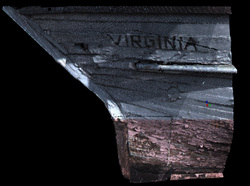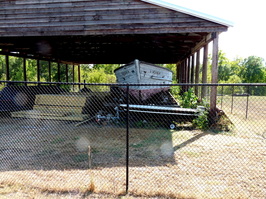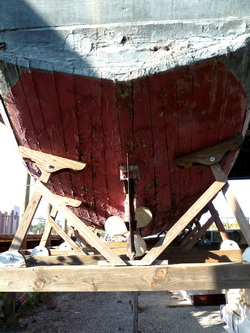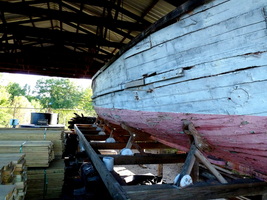|
program was interested in working with a model of the Virginia, so a meshed surface was provided for her to use in her thesis. The Maritime Archeology department had been surveying the Virginia with a total station. Our survey provided both mesh and point cloud data allowing for a quicker and more accurate assessment of the ship in its current state, providing the student and the program with significant time savings compared with more traditional survey methods.
After the survey was completed, I provided the Columbus, Georgia, Civil War and Naval Museum with a brief description of Laser Scanning Technology and how we surveyed the Schooner Virginia. |
This work was funded by Niccole Wittig (ECU Maritime Studies) and is a part of her masters thesis research.






